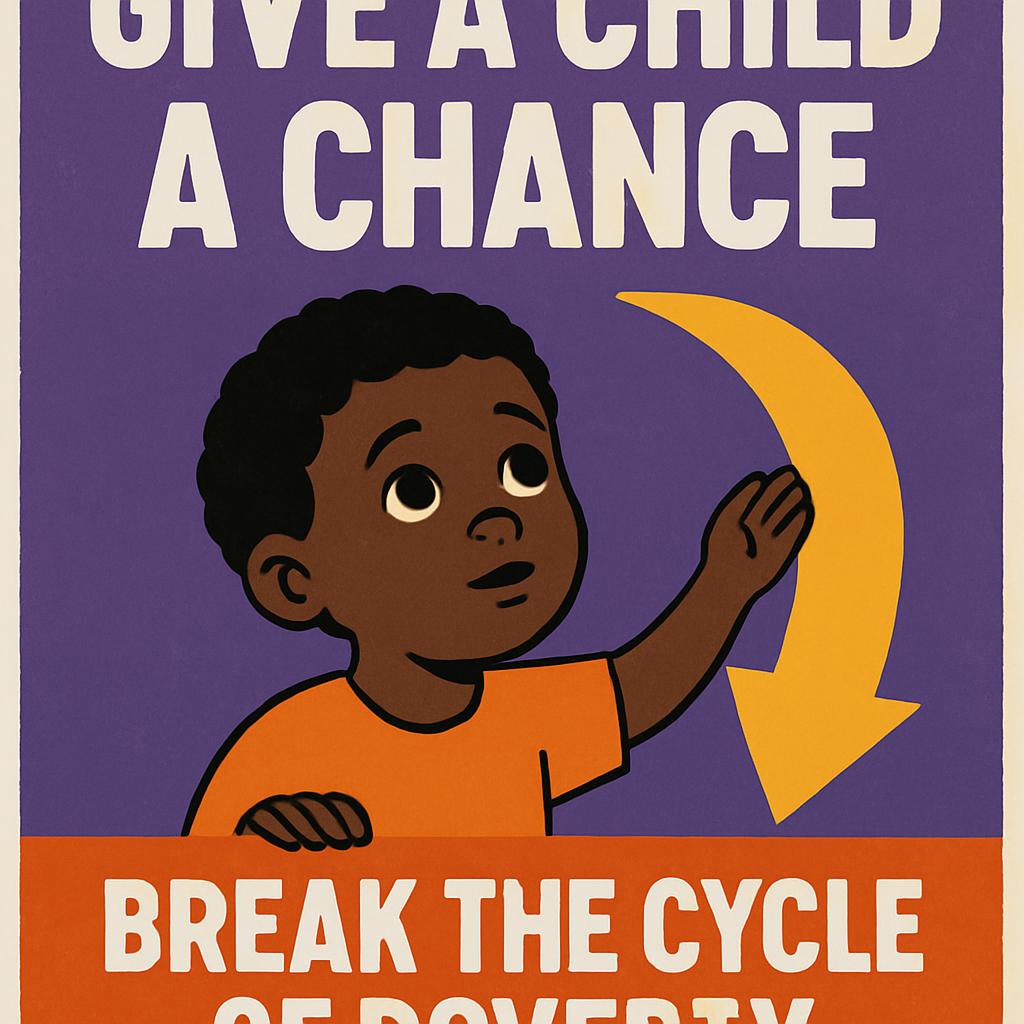
Every child is born with a world of potential. Yet, for millions of children around the globe, that potential is stifled before they even have a chance to reach for it. They are born into circumstances not of their making, facing a reality defined by scarcity and limitation. This is the stark beginning of intergenerational poverty—a cycle that passes from parents to children, perpetuating a lack of opportunity. But this cycle is not unbreakable. With targeted intervention, compassion, and action, we can give a child the chance they deserve to write a different story.
Understanding the Deep-Rooted Cycle of Poverty
To break the cycle, we must first understand it. Poverty is more than just a lack of money; it’s a complex web of interconnected challenges. It encompasses limited access to quality education, nutritious food, adequate healthcare, and safe housing. When a family struggles to meet these basic needs, children are immediately at a disadvantage. This form of poverty creates a trap where the lack of resources in one generation leads to a similar outcome in the next, creating a seemingly inescapable loop.
How Childhood Poverty Shapes a Lifetime
The impact of poverty on a child is profound and multifaceted. The stress of an unstable environment can affect brain development, while food insecurity can lead to health and cognitive issues. Perhaps most critically, it often limits educational opportunities. A child worried about their next meal or their family’s safety cannot focus on learning. Without a quality education, securing stable, well-paying employment as an adult becomes significantly harder, thereby continuing the cycle of poverty into the next generation.
Keys to Breaking the Chain: Education and Mentorship
The most powerful tool for breaking the cycle of poverty is education. When we invest in a child’s learning—from early childhood programs to university scholarships—we provide them with the skills and knowledge to build a better future. But education alone isn’t enough. Children need support systems. Mentors, teachers, and community leaders can provide guidance, encouragement, and hope. They show a child that their circumstances do not define their potential and that a path forward exists.
How You Can Help Make a Difference
Breaking this cycle requires a collective effort. The challenge of global poverty can seem overwhelming, but change happens one child at a time. You can be part of the solution. Here’s how:
- Support Reputable Organizations: Donate to or volunteer with charities focused on children’s education, health, and well-being. Your contribution can provide meals, books, school supplies, and essential medical care.
- Mentor a Child: Offer your time to become a tutor or a mentor. Your guidance can provide a child with a positive role model and the confidence to dream bigger.
- Advocate: Use your voice to raise awareness about child poverty and support policies that invest in education, affordable housing, and healthcare for low-income families.
Investing in a Child is Investing in Our Future
When we give a child a chance, we do more than just change one life; we invest in a stronger, healthier, and more prosperous community for everyone. Breaking the cycle of poverty is one of the most significant investments we can make in our collective future. It starts with recognizing the inherent potential in every child and providing them with the tools, support, and opportunities to thrive. Let’s choose to be the generation that ends the cycle.
